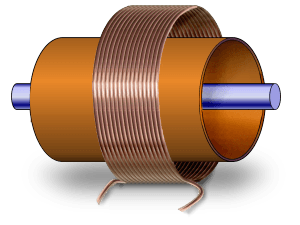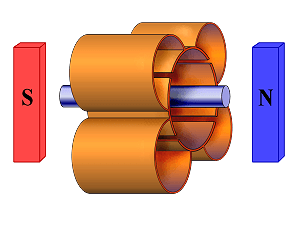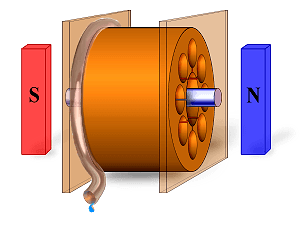Invention of Magnetron
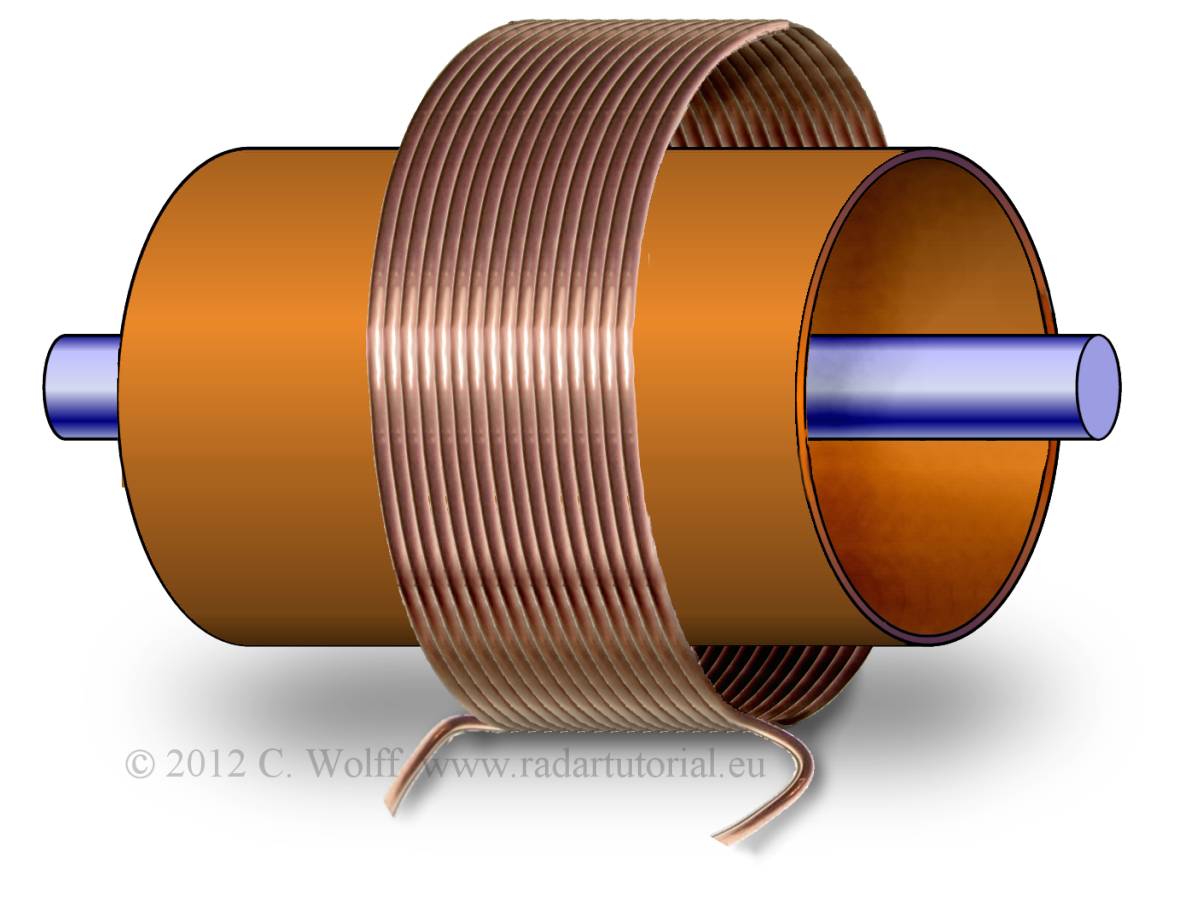
Figure 1: Model of Hulls magnetron anode
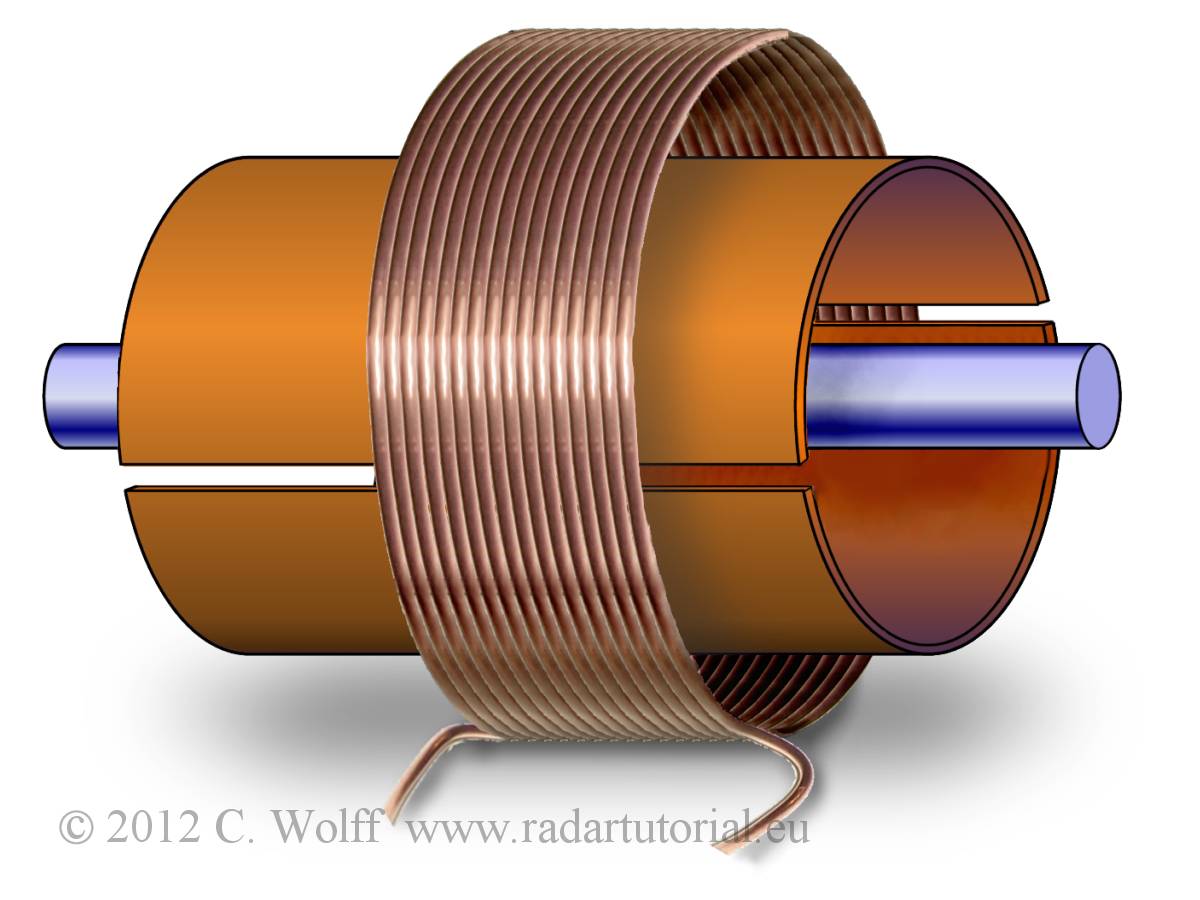
Figure 2: Model of Habanns split-magnetron
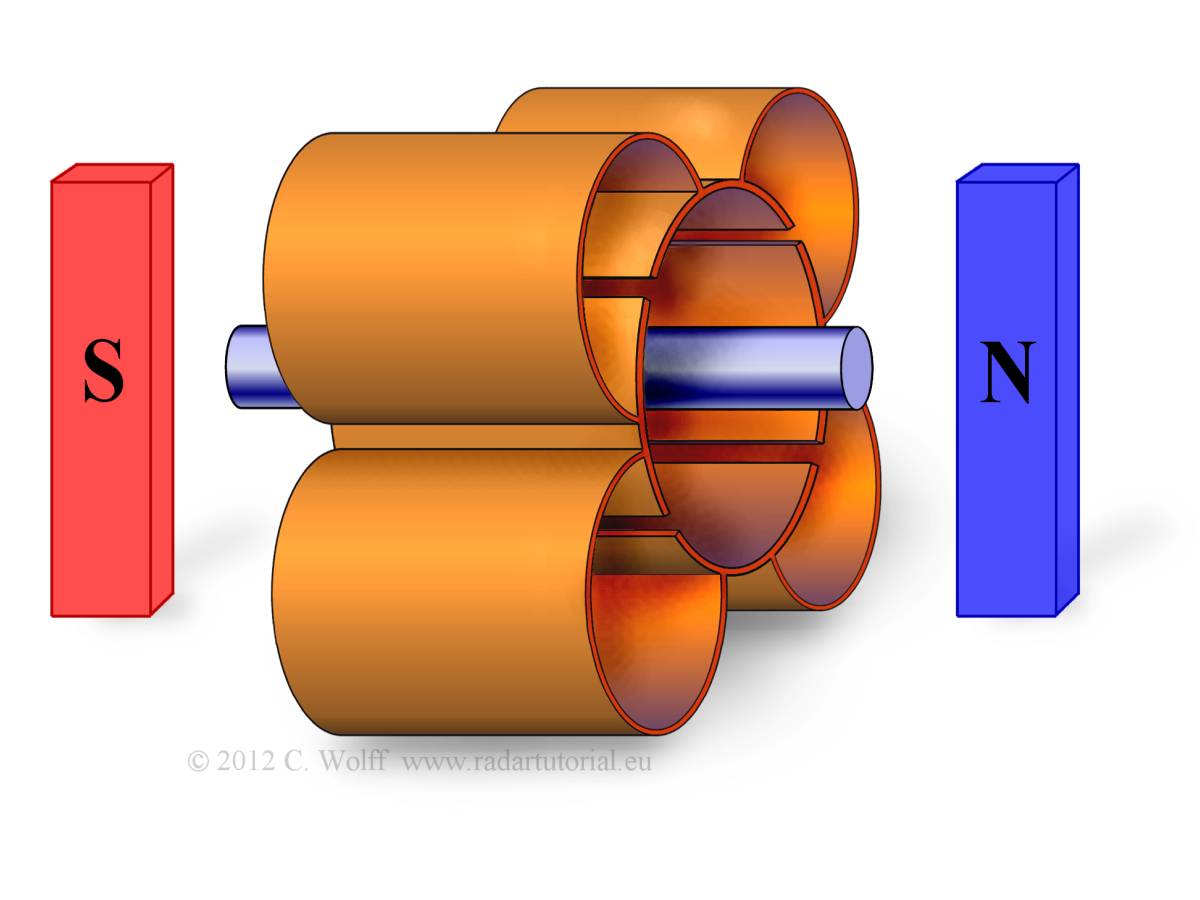
Figure 3: Model of Hollmanns multicavity magnetron

Figure 4: Model of multicavity magnetron built by Randall and Boot
When was the magnetron first used?
Invention of Magnetron
1921The Swiss physicist Heinrich Greinacher tried to use a diode tube with a cylindrically symmetric arrangement of the anode in an axis-parallel magnetic field to measure the ratio of the electron charge to its mass. The practical attempt failed due to poor vacuum in the tube and consequently insufficient electron emission from the cathode. Greinacher supplied a basic mathematical description of the changes in the electron motion under the influence of the magnetic field.
1921Albert W. Hull at General Electric Company used this experimental arrangement and investigated the motion of electrons under the influence of a homogeneous axial magnetic field. He noticed the possibility to control the electron current to the anode by variation of the magnetic field.
Hull wanted to develop for his company a magnetically controlled relay or amplifier in competition to the grid controlled triodes of Western Electric Co., but also noted the possibility of RF generation. He called his novel device “magnetron”.
1924The magnetron for high frequency oscillations was independently investigated by Erich Habann in Jena (Germany) and Napsal August Zázek in Prague (Czechia). Habann correctly predicted the conditions required for the appearance of a negative resistance which would overcome the usual damping caused by the resonant circuit losses. In contrast to the Hull device, Habann employed a magnetic field which was constant in time like in today's magnetrons. Using his split-anode magnetron Habann was able to generate oscillations in the 100 MHz range. Zázek developed a magnetron with a solid cylindrical anode and generated frequencies up to 1 GHz.
1929The breakthrough in generation of cm-waves by magnetrons came in 1929 when Kinjiro Okabe operated his slotted-anode magnetron (5.35 GHz) at Tohoku University in Sendai, Japan.
1935Hans Erich Hollmann filed a patent on the multi-cavity magnetron in Germany on November 27, 1935. The corresponding US Patent 2,123,728 was granted on July 12, 1938, well ahead of John Randall's and Henry Boot's work in February 1940.
1940Nevertheless the multi-cavity magnetron built by the two engineers from the university in Birmingham, John Randall and Henry Boot was a milestone in the sub-marine war against Germany by mid-1940. They simple built a magnetron using more than the four cavities as shown in the figures of Hollmanns patent to increase the effectiveness of RF-generation. Britain had succeeded in improving on the prototype of a water-cooled multi-cavity magnetron (one with 8 concentric resonant cavities), producing a relatively small, light-weight transmitter which could generate RF pulses at 3 GHz, with an output power of 15 KW. The B–17 airplanes were fitted with this radar.
This small but powerful radar using a Cavity-Magnetron gave operational improvements against the German sub-marines. Using a frequency of 3 GHz the antenna could be relatively small but effective. Since antenna gain is inversely proportional to wavelength squared, an antenna of the same size could now more powerful. Since antenna beamwidth is inversely proportional to wavelength this radar achieves a good accuracy in each dimension (azimuth and elevation) and bearing resolution.
The research results of Henry Gutton on the use of barium oxide cathodes in a multi-cavity magnetron were brought to England by Maurice Ponte of the General Society for wireless telegraphy, shortly before the occupation of France. These results were integrated into the ongoing magnetron development of Randall and Boot. Barium oxide cathodes have a lower temperature compared to tungsten cathode with comparable electron emission and so resulted in a much longer life of the magnetrons.
Henry Tizard led a British delegation that brought all previously available research findings in the United States of America. There, the mass production of magnetron tubes for the war was initiated.
1942In the German Radar devices currently klystrons are used because they had a significantly better frequency stability instead of magnetrons. Only at the end of the World War II were detected (by analysis of captured devices) the advantages of microwave range usable by magnetrons. Above all, that there was no possibility at this time, to interfere these microwave devices. For an industrial implementation of these findings, however, it was already too late.

